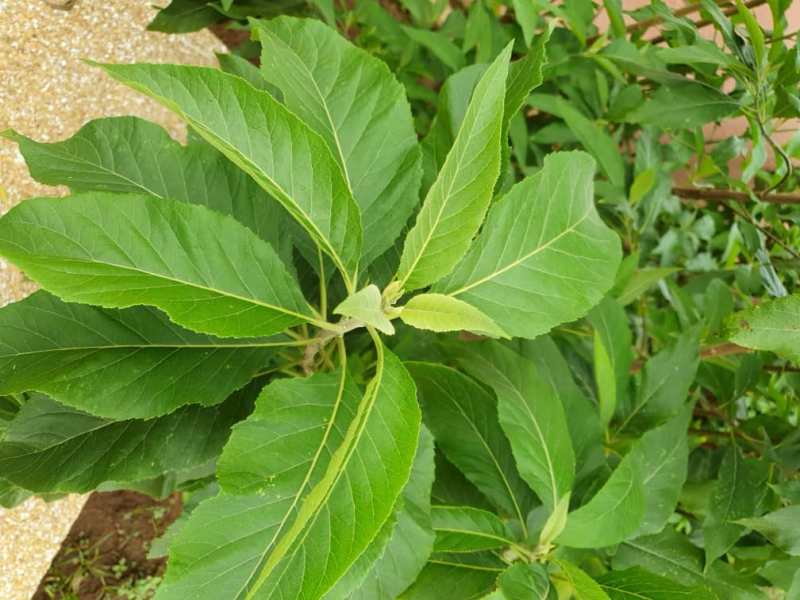As humans, good health and wellbeing are totally dependent on what we take in. It could be in the form of the food we eat, drugs we ingest, words which contribute to our thought process, as well as things we see, hear and do. They all do.

In this article, I will be focusing more on food as drugs and the contribution of plants to them. Nowadays, there are lots of processed and preserved foods produced on a daily basis, and which are also consumed at an increasingly high rate. And this has done more harm than good to human health. In comparison to the past generations to that of the present, one would certainly observe that our forefathers lived longer than us. And this is largely because of the good health they all had through plants as food consumption, which were all organic, undiluted and natural. Majorly, plants and their products contribute significantly to good well-being and performance, hence making them the basic food of almost everything living. Let’s even talk about some of the plants which were unarguably notable to the healthy lifestyle of our forefathers.
Some of these plant products have actually contributed to the production of modern medicine which is used by health practitioners, which are prescribed to patients. These can be seen as there are a lot of scientists and pharmacists who base their studies on plants and herbs. These plants are referred to as medicinal plants. Some include the following:
- Telfairia occidentalis (pumpkin)
- Zingiber officinale (ginger)
- Vernonia amygdalina (bitter leaf)
But today, we will be focusing more on the Vernonia amygdalina.
Vernonia amygdalina commonly referred to as bitter leaf (Ewúro, as called in Yorùbá). And also known for its peculiar bitter taste. The consumption of this leaf has contributed greatly to the health and well-being of humans over the decades.
Its leaves are mostly consumed as vegetables because it is highly appreciated for its nutritive superiority in West and Central Africa. The amazing leaves of this plant are used to prepare various soup delicacies such as the widely known Egusi soup in Yorùbá land.
Bitter leaf soup amongst the Igbos and also Ndole, a famous dish among the Cameroons. Its leaves have been notable for its high medicinal value. There are a lot of mysteries about the bitter leaf plant that a lot of people do not know. But not to worry, in this very article, I’ll be unveiling some to us today, so we can all know the secrets to it being way more useful beyond being cooked as vegetable soup.
Bitter leaf as it is commonly called has gained wide application in the treatment and management of various diseases. The leaves serve as appetizers and its extracts can even be taken to aid digestion. Having the bitter leaf in your personal garden is of high advantage to your household, as it can come in handy at the least expected time — apart from it being used as a source of delicious cuisine. Still, on the wonders of the leaves of this plant, its extracts can be used to treat various ailments such as fever, malaria, diarrhoea and even dysentery. I recently discovered that chewing the leaves helps stop vomiting. The leaves can also be placed on wounds to stop bleeding and to speed up healing.
Bitter leaf plant has a lot of therapeutic elements such as Saponins and Vernodalin which have antibacterial properties and as such are useful in maintaining the health of organs in the body, such as the kidney and the liver. This takes me back to reminiscing when I was growing up. My mum used to make the decoction for us then. And will ask all of us to drink it. It was so bitter that I despised the thought of drinking it but then it was highly-medicinal. My dad up till now still drinks it and each time we want to make the Egusi soup, he makes sure that we don’t pour the decoction away. I understood the reason a few years ago. One fun fact about it is that chimpanzees have been observed to ingest the leaves when they have parasitic infections. That’s to show how powerful the plant is. Its effectiveness has also been seen in lactating mothers. And its decoction has proved to be a breast milk enhancer.
A great effect of the bitter leaf plant is its cancer chemoprevention. This is actually due to the presence of terpenes, steroids, flavonoids, and others that elicit various biological effects. Even its young twigs are used as chewing sticks as it has some phytochemicals that help in the cleansing of the mouth.
No doubts, the Vernonia amygdalina plant has a lot of importance. And as such, I would gladly recommend that efforts should be geared towards standardizing the extract(s) of bitter leaves for use in alternative medicine, as it could be used alone as a preventive or therapeutic agent or even as supplementary medicine. Either to increase the efficacy of drugs or to reduce the toxicity of orthodox drugs. Having at least a stand of the Vernonia amygdalina plant in our various home gardens will surely go a long way to make this plant readily available in our society for use at any time for the health benefits of mankind. I have planted mine, will you plant yours?


2 Responses
Informative article. The benefits are huge. I’m sure planting one and I’ll try out the methods used by your Mum and Dad.
Your comment is awaiting moderation.
Informative article. The benefits are huge. I’m sure planting one and I’ll try out the methods used by your Mum and Dad